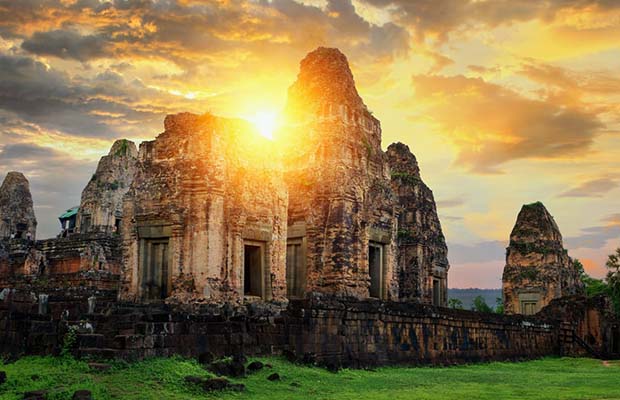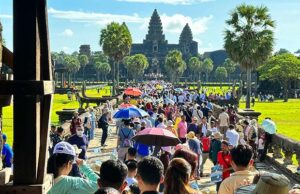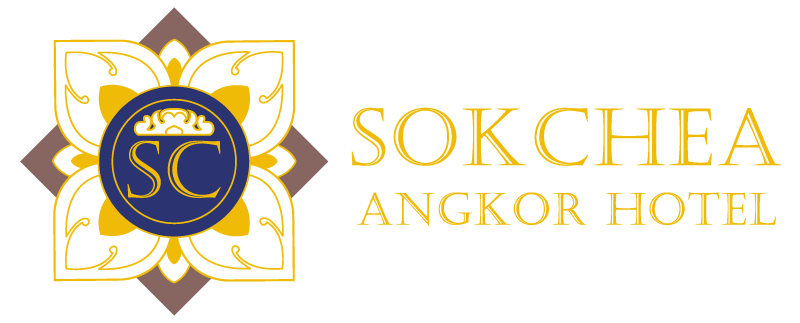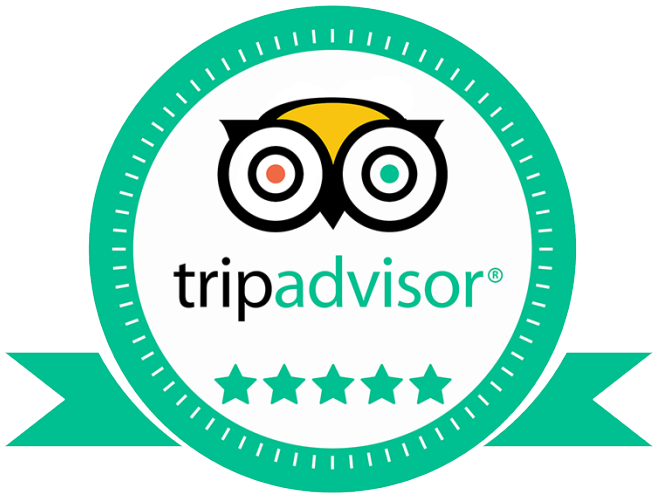Preah Dak village, located in Siem Reap province, is a charming destination for both locals and tourists seeking authentic Cambodian experiences. This village is not only famous for its rich historical significance near the Angkor temples but also for its vibrant local culture, especially when it comes to food and handicrafts. Here, you can find a variety of souvenirs, delicious local dishes, and traditional desserts, with Num Tnaot (Khmer Palm Cake) being one of the highlights.
Preah Dak: A Perfect Place for Souvenirs and Local Treats
Souvenirs
Preah Dak offers a variety of handmade items and locally produced goods, making it an excellent spot for visitors to pick up authentic Cambodian souvenirs. Handcrafted items like:
Palm sugar products (a specialty of the village),
Traditional woven crafts like baskets and mats,
Local pottery and hand-carved wooden items.
These souvenirs are often made by local artisans, reflecting the village’s cultural heritage and offering a way for tourists to support the local economy.
Local Food and Desserts
Visitors can sample a wide range of local dishes and desserts in Preah Dak, and it’s a great place to experience the authentic flavors of Cambodian rural life.
Num Tnaot (Palm Cake): This is the village’s signature dessert, made from locally sourced palm sugar, rice flour, and coconut milk. The soft, spongy cakes are steamed and wrapped in banana leaves, and their unique sweet flavor is a must-try for anyone visiting the area.
Palm Sugar Products: You can also buy pure palm sugar, palm syrup, or palm-based candies, which are often sold as souvenirs and are a perfect reminder of the village’s culinary heritage.
Other Traditional Dishes: In addition to desserts, you can enjoy local Cambodian cuisine like grilled meats, noodle dishes, and fresh tropical fruits. The village is known for preparing meals with fresh, locally sourced ingredients, ensuring an authentic dining experience.
A Stop for Tourists
Given its proximity to Siem Reap’s iconic Angkor Wat, Preah Dak is a popular stop for tourists who are exploring the temple complexes. Many tour groups include a stop in the village as part of their itinerary, allowing visitors to witness traditional Cambodian life and cuisine firsthand.
You can also visit the local markets and see villagers at work, making palm sugar, weaving, and preparing delicious traditional desserts like Num Tnaot. It’s a great place for tourists to immerse themselves in Cambodian culture and bring home a little piece of it in the form of food, crafts, or unique palm sugar products.
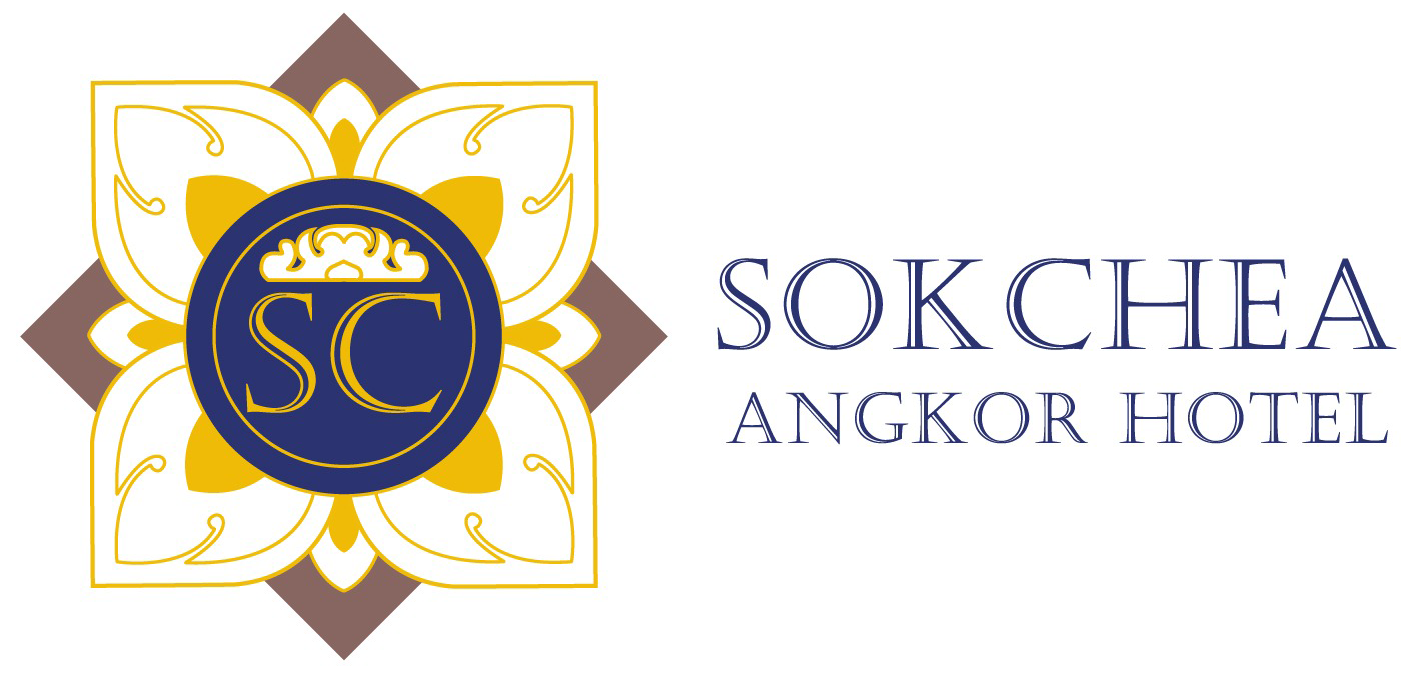

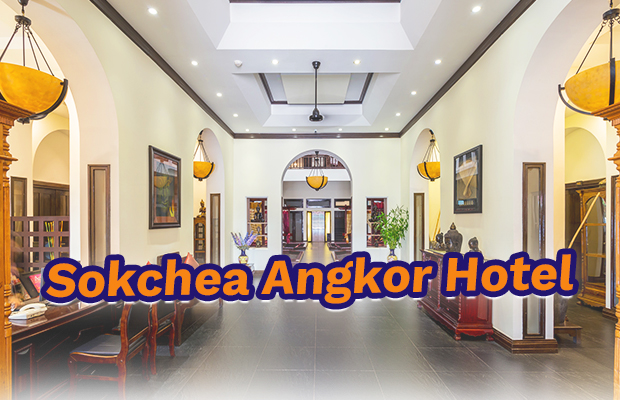
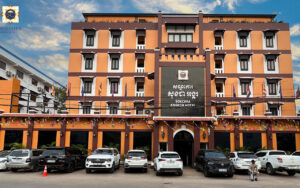

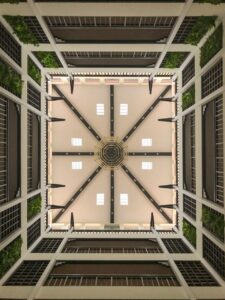 The hotel’s interior design also merges colonial elegance with Khmer touches. High ceilings and wide corridors, characteristic of French Colonial architecture, ensure airflow and natural light, which were practical features adapted to the tropical climate. Meanwhile, the choice of traditional patterns, warm wood tones, and handcrafted décor pieces pay tribute to Khmer artistry. This thoughtful combination creates an environment that is both comfortable and culturally immersive.
The hotel’s interior design also merges colonial elegance with Khmer touches. High ceilings and wide corridors, characteristic of French Colonial architecture, ensure airflow and natural light, which were practical features adapted to the tropical climate. Meanwhile, the choice of traditional patterns, warm wood tones, and handcrafted décor pieces pay tribute to Khmer artistry. This thoughtful combination creates an environment that is both comfortable and culturally immersive.